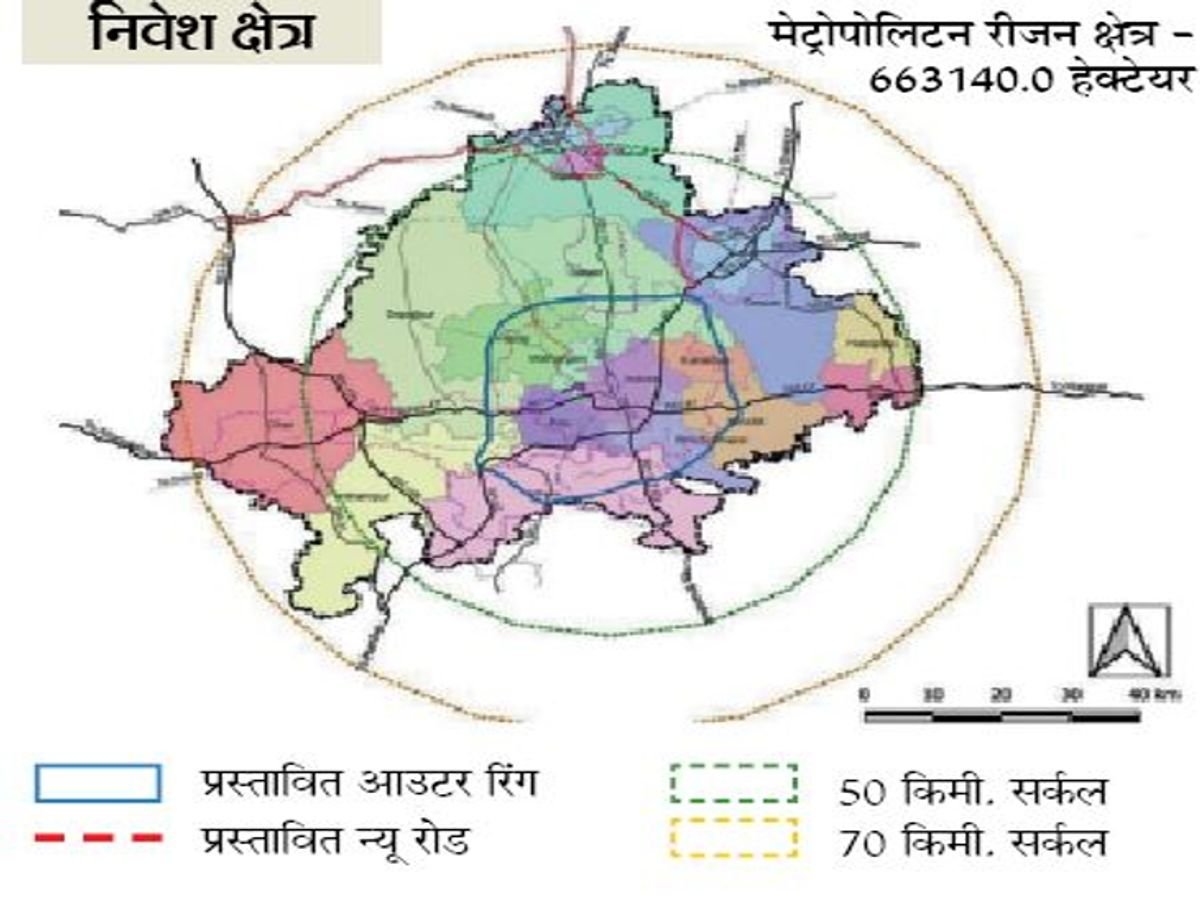0 M SQ FT DEVELOPMENT PLANNED BY REALTY PLAYER DLF FOR FY25. The Securities and Exchange Board of India (Sebi) has introduced amendments to the REIT Regulations 2014, outlining provisions for the establishment of small and medium real estate in- vestment trusts, known as SM REITs or micro-REITs. This move by the capital market regulator seeks to oversee the fractional ownership sector and protect investor interests. Kailash Babar delves deeper. WHAT ARE SM OR MICRO-REITS? Small and medium REITs (SM REITs) are specialized real-estate investment trusts that differ from conventional REITs in their scale and focus. While traditional REITs primarily invest in large-scale commercial properties, such as office buildings and shop- ping malls, SM REITS concentra- te on smaller and medium-sized properties with lower value. This distinction is reflected in their market capitalisation, asset size, and portfolio composition. De- spite smaller scale, SM REITS maintain diversified portfolios, spreading risk across different property types within the reales- tate market. WHAT ARE THE KEY REGULATIONS SET BY SEBI FOR SM REITS? A The minimum subscription size for scheme SM-REIT units will be ₹10 lakh and treated as one unit. The mi- cro-REITs will be able to list with an asset value of at least 750 crore and a maximum of ₹500 crore. SM REITs can leverage up to 49% of the scheme’s assets. The invest- ment manager must hold a mini- mum of 5% of outstanding units if the REIT is unleveraged and 15% if leveraged. The SM-REIT scheme requires a minimum of 200 unit-holders, excluding the investment manager, its related parties, and associates. WHAT BENEFITS DOES IT OFFER TO RETAIL INVESTORS AND KEY RISKS? Retail investors can benefit from SM REITs in several ways including portfolio diversification, access to relatively high-value as- sets, reduced management burden, regular income through dividends, access to niche markets, and potential capital appreciation. However, certain risks including market volatility, proper- ty market, and regulatory compliance also need to be considered while making an investment. HOW DO MACRO-ECONOMIC FACTORS IMPACT SM REITS? 0/ 70 Economic fac- tors such as interest rates, inflation, and market conditions significantly in- fluence SM RE- ITs. Rising interest rates can in- crease borrowing costs, impacting profitability, while inflation affects operating expenses. However, real estate is often considered a hedge against inflation, as property values and rental in- come tend to rise in line with inflation over the long term. Fac- tors like economic growth, employment levels, and consumer confidence, influence demand for properties. Strong economic growth and favourable market conditions can le- ad to higher occupancy rates, rental income, and property values for SM REITs. Favourable market conditions, including economic growth and consumer confidence, drive demand for re- al estate properties, benefiting SM REITS. WHAT HAS BEEN THE GLOBAL EXPERIENCE OF SMALL AND MEDIUM-SIZED REITS? Smaller scale REITs catering to niche markets exist worldwide. In the US, alongside large REITS with vast commercial portfolios, smaller ones specialise in sectors like healthcare or regional shop- ping centers. Similarly, in Cana- da, Australia, and parts of Europe, smaller REITS provide expo- sure to specialised real-estate segments. As EMs evolve, smaller REITs are gaining traction, reflecting growing real estate in- vestment opportunities. Overall, the global experience for small & medium REITs reflects a diverse landscape with opportunities and challenges shaped by local market conditions, regulatory frameworks, and investor preferences.
Source- The Economic Times



